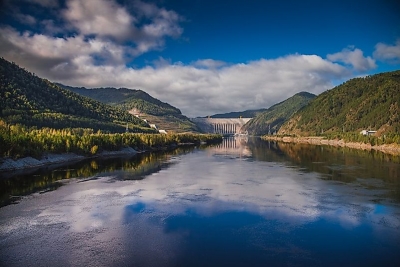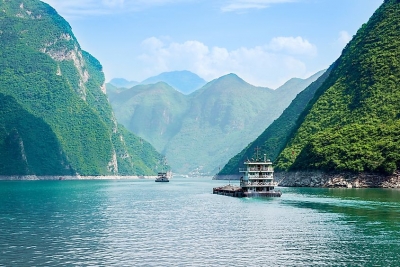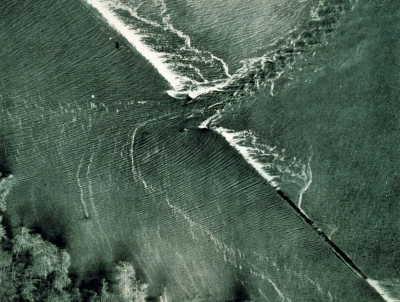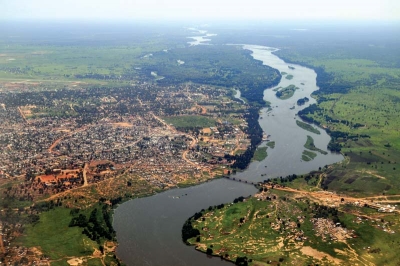Which is the fifth-longest river system in the world?

The Yenisei is the greatest river system flowing to the Arctic Ocean, and the fifth longest river in the world. It is slightly shorter but with 1.5 times the flow of the Mississippi-Missouri. Rising in Mongolia, it follows a northerly course to the Kara Sea, draining a large part of central Siberia, the longest stream following the Yenisei-Angara-Selenga-Ider being about 5500 km. Its watershed, which includes the world's largest (by volume) lake, Lake Baikal, holds more water than any other river system.
The upper reaches, subject to rapids and flooding, pass through sparsely populated areas. The middle section is controlled by a series of massive hydroelectric dams fuelling significant Russian primary industry. Partly built by gulag labor in Soviet times, industrial contamination remains a serious problem in an area hard to police. Moving on through sparsely-populated taiga, the Yenisei swells with numerous tributaries and finally reaches the Kara Sea in desolate tundra where it is icebound for more than half the year. As with other Siberian rivers, the flow has increased recently, believed to be related to global warming. A concern is that altered salinity in the Arctic may have a global impact on ocean currents.
The peoples of the Yenisey valley are diverse. Around the western headwaters (Great and Little Yenisey), Tyvans (Tuvans) predominate in the rural areas, but they are joined by significant numbers of Russians in Kyzyl, the capital of Tyva. To the north of Tyva the Krasnoyarsk kray (territory) of Russia extends down the entire valley northward to the Kara Sea; its population comprises Russians, Ukrainians, Tatars, and numerous other indigenous peoples. The Khakass people occupy Khakassia southwest of Krasnoyarsk. The vast Evenk autonomous okrug (district), extending from south of the Stony Tunguska to north of the Kureyka, is inhabited both by the Evenk people and by Russians from the west and Sakha (Yakut) from the east. In the far north, the Taymyr autonomous okrug has a majority of Russians and some Evenk but also the Sakha, Dolgan, Nenets, and Nganasan peoples.
Picture Credit : Google


